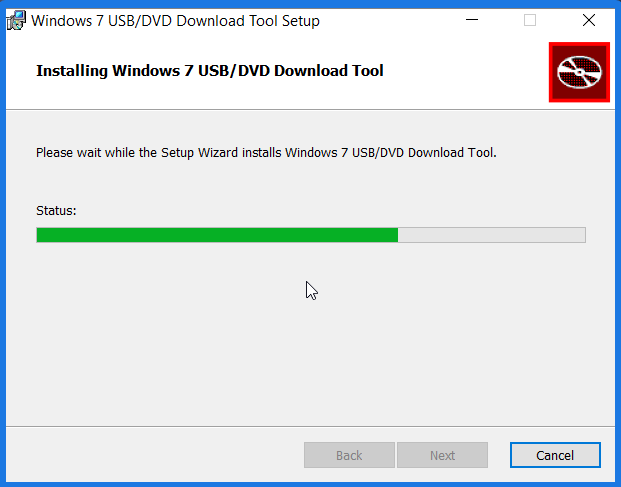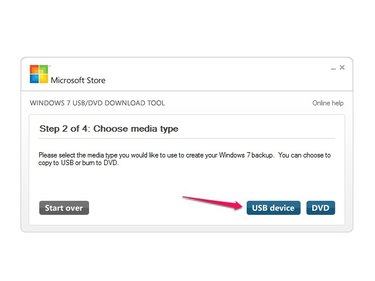

- How to make a windows 7 boot usb iso to usb how to#
- How to make a windows 7 boot usb iso to usb install#
- How to make a windows 7 boot usb iso to usb windows 10#
- How to make a windows 7 boot usb iso to usb download#
- How to make a windows 7 boot usb iso to usb free#

Now, proceed as follows according your case:Ĭase A.
How to make a windows 7 boot usb iso to usb windows 10#
Select the Windows 10 ISO file from your computer (e.g. Choose the empty USB stick that you plugged in your computer.Ħ. Now double-click to run “ rufus” application.ģ. Remove all USB storage drives from your computer and plug an EMPTY* USB stick (minimum 8GB) to an empty USB port.Īttention: DO NOT leave your files on the USB stick, because all files will be erased during this operation.Ģ.

Burn Windows 10 ISO to USB with RUFUS utility.ġ.
How to make a windows 7 boot usb iso to usb download#
Go to the official Rufus download page and download the latest version of RUFUS USB Bootable Creator Utility on your computer.
How to make a windows 7 boot usb iso to usb install#
The next step is to download the Rufus USB creator utility, which is an excellent tool to create a Windows bootable USB flash drive, to install or to repair Windows.ġ. Step 2: Download RUFUS USB Boot Creator Utility*.
How to make a windows 7 boot usb iso to usb how to#
How to make a windows 7 boot usb iso to usb free#
Just be sure to take backups before to avoid any data loss. If you have any queries, or you get stuck anywhere, feel free to contact us. Now, you can use Flash Drive to install Windows or Linux right away. There will be many ways to do the same but by far, this was the best according to us. These were the ways to create a Bootable USB Drive. If you have Arch Linux or any other flavor, this is not for you. Please note that we’ll be using Debian Linux in this tutorial. Next up we have the creation of Bootable USB using Linux. This was how to create a Bootable USB drive using Windows. After completion, you can unplug your USB drive and start installing your new OS.Start Rufus and plug in your USB Flash Drive.Download the latest version of Rufus from here.If you’re interested in Linux, you can try Ubuntu or Kali. You can latest version of Windows from Microsoft here. First, download the iso file for your desired OS.We’ll be talking about the creation of a bootable USB in Windows first, followed by in Linux. Now if that’s sorted, let’s get started without any further ado. This has been tried and tested by us but we cannot guarantee anything if you don’t follow the instructions properly. Computer/Laptop running Windows or Linuxīefore we begin, please note that we are not responsible for any data loss or your computer isn’t working anymore.The only con of using bootable USB is if you’re having an antique computer, it probably won’t support booting up via USB drives. Most newer motherboards have an option to boot from USB which makes it ideal for bootable media.You can always format a USB drive and use it again for storing data.Pen Drives or USB Flash Drives are quite easily accessible these days, you can find one lying around in your home.


 0 kommentar(er)
0 kommentar(er)
